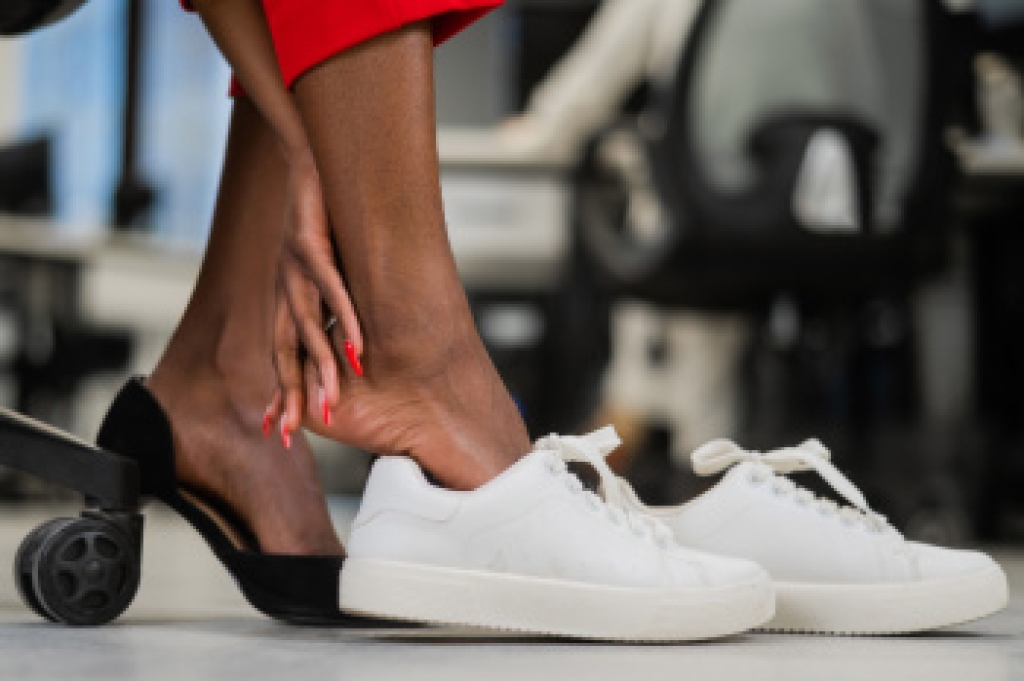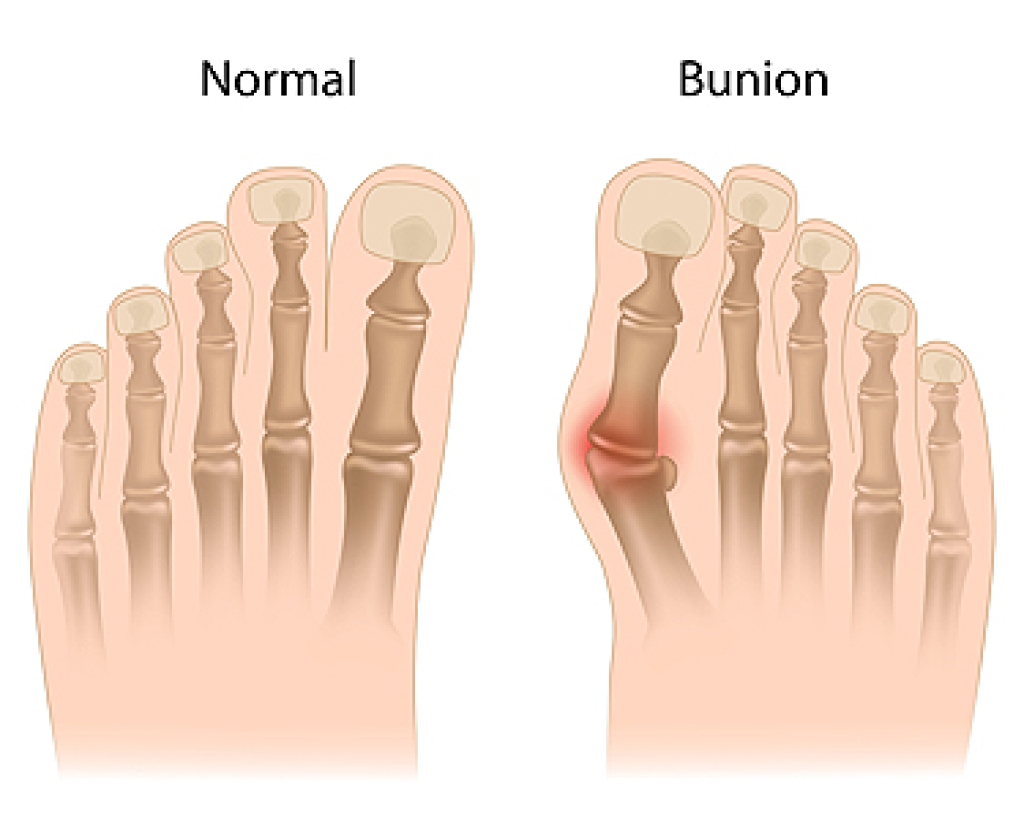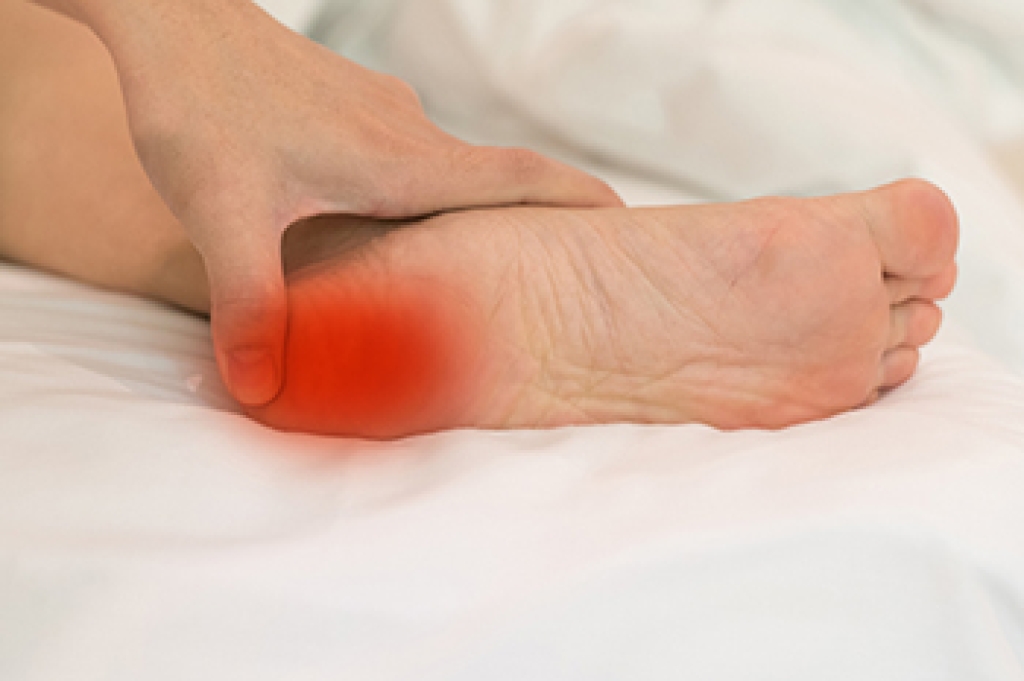
Heel pain is often caused by plantar fasciitis or heel spurs, both of which can make walking painful and limit daily activity. Plantar fasciitis results from inflammation of the thick band of tissue called the plantar fascia running along the bottom of the foot. Heel spurs are bony growths that can develop on the heel bone due to chronic stress and inflammation. Symptoms include sharp, stabbing pain in the heel, especially with the first steps in the morning or after rest. The heel may feel tender, swollen, or achy throughout the day. A podiatrist can determine the exact cause of your heel pain and recommend effective treatments. Included are custom orthotics, stretching routines, anti-inflammatory medications, night splints, or targeted exercises. In more severe cases, advanced treatments like injections may be needed. If you are dealing with ongoing heel pain, it is suggested that you make an appointment with a podiatrist.
Many people suffer from bouts of heel pain. For more information, contact one of our podiatrists of Bergen Foot & Ankle. Our doctors can provide the care you need to keep you pain-free and on your feet.
Causes of Heel Pain
Heel pain is often associated with plantar fasciitis. The plantar fascia is a band of tissues that extends along the bottom of the foot. A rip or tear in this ligament can cause inflammation of the tissue.
Achilles tendonitis is another cause of heel pain. Inflammation of the Achilles tendon will cause pain from fractures and muscle tearing. Lack of flexibility is also another symptom.
Heel spurs are another cause of pain. When the tissues of the plantar fascia undergo a great deal of stress, it can lead to ligament separation from the heel bone, causing heel spurs.
Why Might Heel Pain Occur?
- Wearing ill-fitting shoes
- Wearing non-supportive shoes
- Weight change
- Excessive running
Treatments
Heel pain should be treated as soon as possible for immediate results. Keeping your feet in a stress-free environment will help. If you suffer from Achilles tendonitis or plantar fasciitis, applying ice will reduce the swelling. Stretching before an exercise like running will help the muscles. Using all these tips will help make heel pain a condition of the past.
If you have any questions, please feel free to contact our offices located in Fort Lee, NJ and Flushing, NY . We offer the newest diagnostic and treatment technologies for all your foot care needs.





